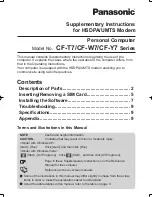
4.3A max
4.3A max
Fig. 3
Fig. 2
2 Sensor locations to be avoided
1. Near water features such as swimming pools or ponds. The movement and reflections are likely to create nuisance switching.
2. Near heat sources such as air conditioners, dryers, heaters or barbecues.
3. Locations which are subject to drastic changes in temperature.
4. Locations which are subject to bright light such as direct sunlight.
5. Locations frequented by animals such as pets or birds.
3 Installation
Switch off power source before installation. Ensure the power supply wiring comes from a circuit protected by a suitable fuse or circuit breaker.
We recommend installing a wall switch for electrical isolation of the sensor. Refer to Fig. 3. Cut out a Ø65mm hole in the ceiling.
With reference to Fig. 2,
1. Remove the screw from the terminal block cover.
2. Connect wiring from power supply and load to the terminal block as marked. Refer to Fig. 3.
N: Neutral L: Active / Line 1: Load
3. Close the terminal block cover and re-do the screw. Ensure no bare wires are exposed.
4. Fold back spring clips and insert sensor into the ceiling cut-out.
0.3 - 20mm
Ø65mm
ON/OFF
switch
ON/OFF
switch






















